There is always a next step to take whether in life or, in professional career or, at work. But ,which pillar of life or maintenance will be your best choice for the new step that you will take? The next step is usually built on top of the previous one. So, in order to be ready and take the most appropriate next step, you need to be full aware of your current position. When we handle the maintenance process as one chunk, it is usually hard to define the current and next steps. Because the definition will be include a web of interlinked processes. Actually, the maintenance process is a group of processes that collectively build up the maintenance. In a previous chat we had named them the pillars of maintenance.
Those pillars of maintenance are derived from the maturity grid of maintenance management in the Uptime book by James Reyes-Picknel. I had met him at one of the PEMAC MainTrain 2016 conferences in Toronto.
This approach will help us eat the elephant but, a bite at a time. In other words to look at our current position in a narrower area than the broad maintenance management playground. Then, focus on clear steps of how to proceed forward in this pillar followed by the second one and so on. Also, this creates a margin of freedom that allows us to progress in different pillars at different paces.
What are the foundation pillars of the maturity grid?
Those are your focus areas while you are working through all the other pillars. Simply they are your Strategy and the People. People here refers to the broad diverse teams across your organization. The maintenance team is part of the People broad term. However other teams in the organization have strong links with the maintenance team that they strongly affect each other. So on your track to maintenance excellence you need to elevate your strategy, your team and, sometimes other related teams in the organization.
Note: You should be aware that the model and the steps we present here through our reading of the Uptime book is not set in a stone. It is a framework and guidelines developed through the experience of the book writers and enhanced by our commutative experience and understanding along the years. Some of the guidelines and definitions might not fit in your organizational model. Others have different names. Some areas are not within your control bounds. So feel free to fine tune this model to your needs while maintaining the theme of growing the maintenance maturity one bite at a time.
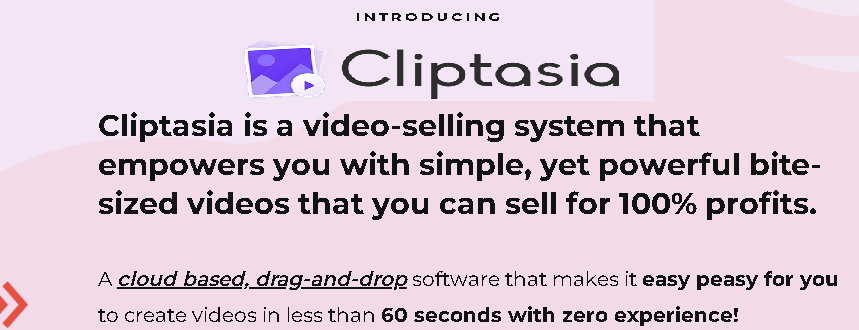
Keep in mind that you are powerful enough to push forward the change you want and you believe in across your work place. Change is like a seed. You plant it and you continue to look after it. After sometime, everyone sees the flowers and fruits.
Strategy Pillar
That’s your guideline. And, it is the reference that you will use to measure and validate your steps. After writing your maintenance strategy, you will know how you will reach your goals. Also, strategy includes a clear vision about the tactics that you will use. When you plan any step forward, your strategy will be your guide if this new step is keeping you on track. There are articles about strategy in this blog you can search for it or simply you can join our maintenance trainings on Udemy in Arabic and English that guides you on how to build your maintenance strategy.
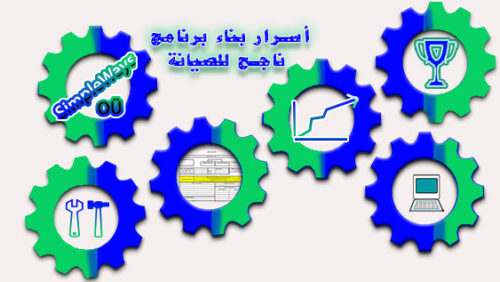
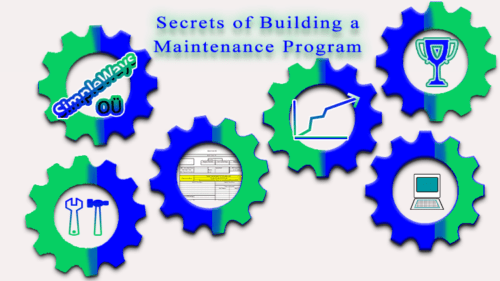
The maturity levels of the Strategy Pillar
Innocence: You are just a doer of the maintenance tasks. The maintenance tactic is mostly reactive however we plan and schedule tasks. The is no bigger view other than fixing the equipment to return back to production.
Awareness: That’s when you find out that you are running in circles as a cat chasing its tail because you don’t have a goal to work to. At this step you start to make goals to reach. Mainly those goals stem from the pain you suffer.
So, if your overhead cranes, weighing scales, dosing pumps or temperature sensors are consuming a big chunk of the team effort and the cost or repair budget; Then, you will focus on one of them and make a target to improve its performance. This improvement can be a redesign. The word “redesign” might seem as an unachievable target. In reality, providing a heat or dust protection, rerouting the cables, changing the location or testing alternative spares are simple actions and counted as redesign. Also educating the team of maintenance or operations can be a valid effective goal to relieve this pain.
Understanding: That’s when a leader, manager or a supervisor from the team finds out that we need a strategy. A strategy that focuses on meaningful goals with realistic steps to reach them. And, those goals together fit in a bigger goal that is synched with the organization goals. At this point the goals and the steps to reach them link the pieces of the puzzle together. When the complete image is till in the management level and subordinates are doers we are still in the understanding level.
Competence:
That’s when The strategy governs all the maintenance processes and all the team leaders and supervisors adapt to it. At this sage the strategy, plans and goals are documented, reachable, understood and refined between now and then. It is refined to match the dynamic strategy of the organization or to serve better the North Star we had agreed to follow as a vision of where we want to reach within a few years.
Excellence: Now our strategy is overarching all our activities. Plans, goals and vision are understood and adapted to by the complete team. There is no need to tune between now and then. There are complete plans for each goal. Even emergency plans for sudden situations are anticipated and ready. Maintenance tactics adapted are well serving our goals and plans. We all understand which predictive measures, preventive measures and even reactive measures are running. We all believe in our strategy and ready to stand for it.
This stepped guide showed you your position relative to the strategy pillar. Hence, you can confidently grow the maturity of your strategies.
People Pillar
Maintenance management mainly focuses on how you manage your resources to maintain equipment performance as desired while maintaining the asset optimum condition. In maintenance the most critical and important resource is you team. Managing your team is a two channel. They give their effort and experience; That’s their part. And they receive the agreed upon compensation; That’s the other direction. However there are a lot of other basic needs that should be provided by the workplace other than the paycheck.
Those basic needs are best explained through the Maslow’s Pyramid of basic needs. We had covered those levels in few previous articles on our maintenance management blog. Simply, as a manager or a team leader you need to ensure that your team can sleep breathe, eat and are safe. Then you ensure that they can socialize safely and with respect wit the other teams within the workplace. And, You esteem them till they reach self actualization. This journey has many practical steps to it rather than the abstract titles. The planning, time management and work place safety and risk assessment can cover the first two steps of Maslow’s Pyramid. Then you need to close any gaps in the skills or knowledge they have. After that, you can properly evaluate and praise their efforts
As we agreed, those levels are only guides. They recommend some disruption to the organizational structure of the maintenance team. You can select what suits you and consider the other levels as a parallel paradigm that might be applicable somewhere else.
Levels of the People Pillar:
Innocence Level: That’s when teams are centralized based on their technical trades. There are strong borders between the responsibilities of each team.
Awareness Level: That’s when there are decentralized teams i.e. there are different electrical or instrumentation teams that belong to different facilities within the same workplace. However demarcation based on the technical trades is still set in stone.
Understanding Level: The supervision of the maintenance teams is still classical. However there are multiskilled team members that can complete a multidiscipline task alone i.e. without waiting for other teams to contribute in same one job.
Competence Level: Now, there are many multiskilled team members and only very specialized skills are confined with one or two team members along the organization. This sounds logic when this specialized skills are not required on everyday jobs. Also at this level, Teams built up from operators and maintainers are there, accepted and remarkably performing.
Excellence Level: That’s when autonomous teams are there, accepted and remarkably performing. There is a methodology out there for harmonizing the performance of various autonomous teams and streamlining their efforts with the organization. Those autonomous team members are mature enough to be self motivated and self actualized.
This stepped guide showed you your position relative to the People pillar. Hence, you can confidently grow the maturity of people management.
Next Chats will proceed with next pillars, be there.
In Conclusion,
When we handle the maintenance process as one chunk, it is usually hard to define the current and next steps. Because the definition will be include a web of interlinked processes. Actually, the maintenance process is a group of processes that collectively build up the maintenance.
The approach of splitting the maintenance process into pillars will help us eat the elephant but, a bite at a time. In other words to look at our current position in a narrower area than the broad maintenance management playground. This stepped guide showed you how to define your position relative to the Strategy Pillar and the People Pillar. Those are the foundational pillars of the maintenance maturity grid. Hence, you can confidently grow the maturity of your strategies and people management. Next Chats will proceed with next pillars, be there.
If you feel you need help with any of these ideas we discussed, request a Management Consultancy or Coaching Services From our Store

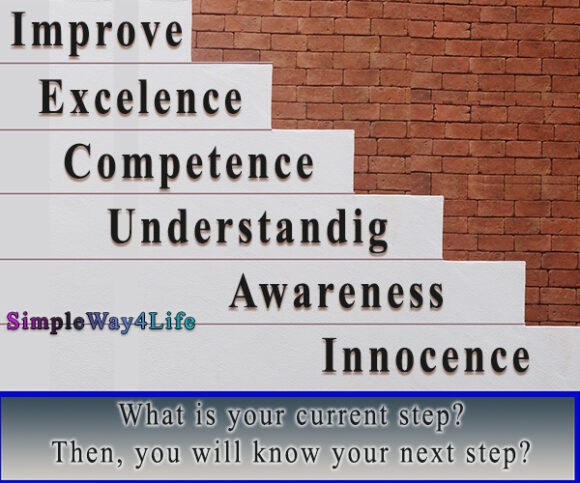
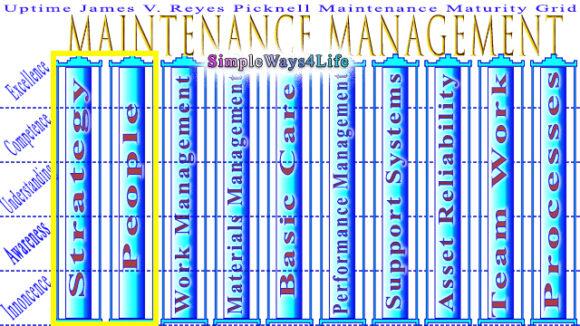

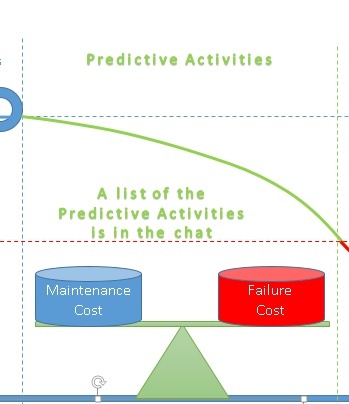


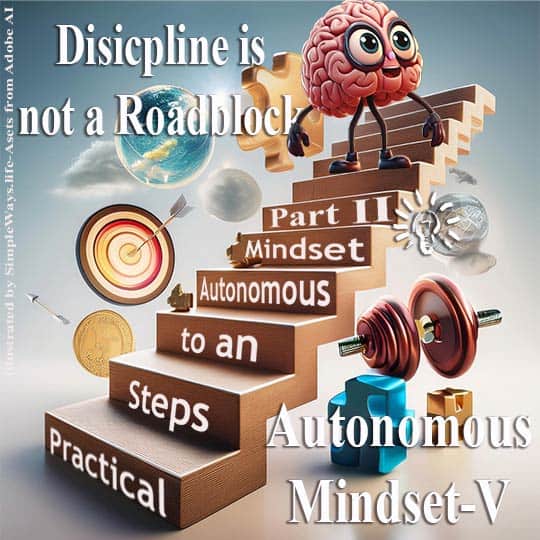
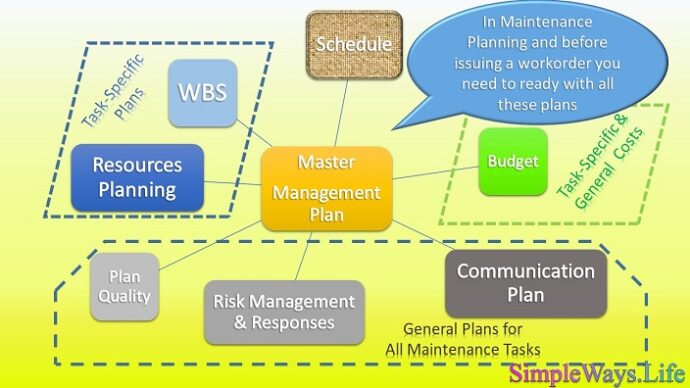
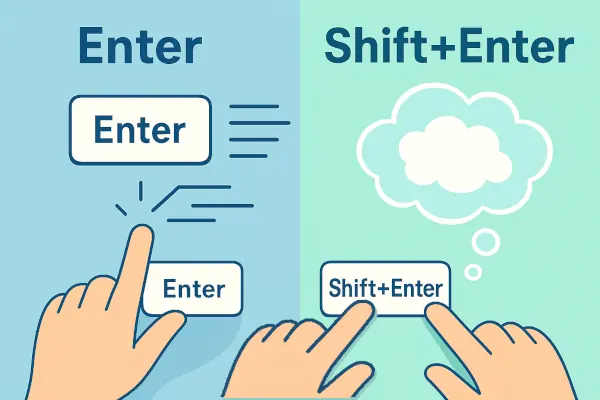
2 Comments